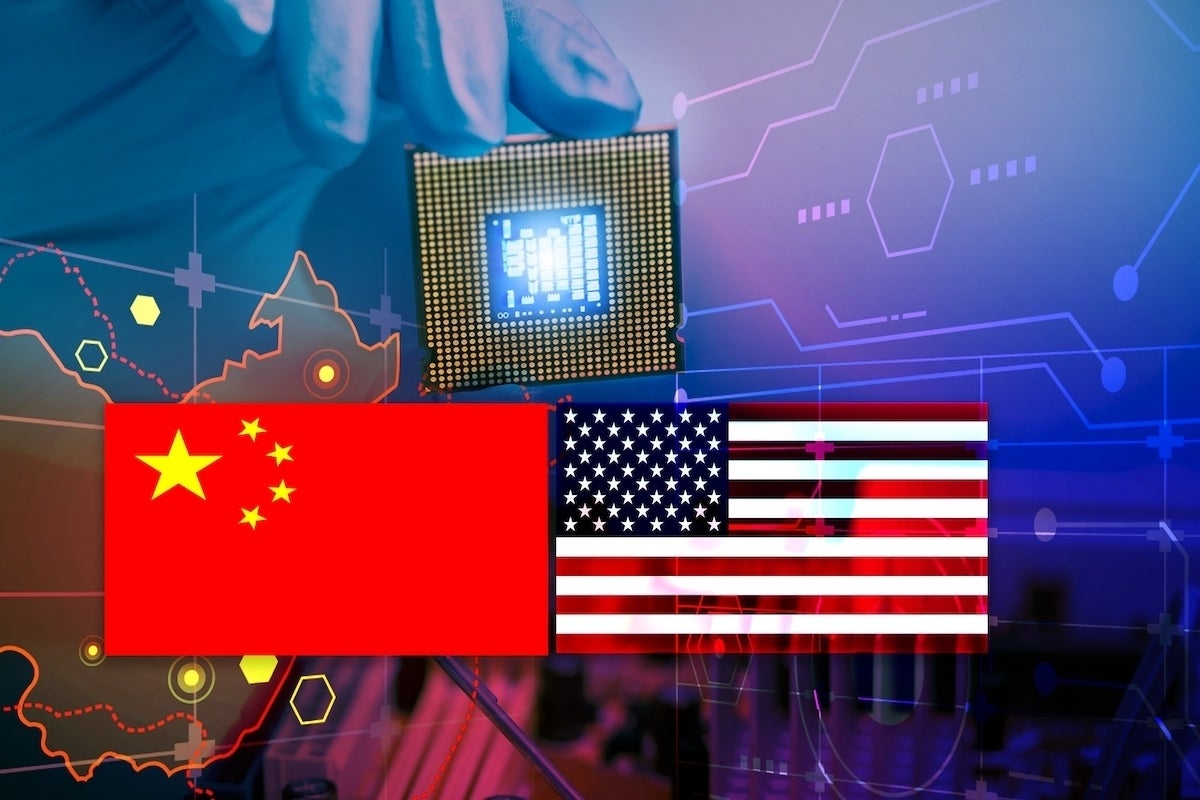
Teradyne is the latest victim of the US-China chip war

Semiconductor testing company Teradyne recently confirmed to Reuters that it had to pull $1 billion of equipment out of China because of supply chain disruptions.
Teradyne manufactures automated testing equipment that plays an important role in chip fabs around the world.
“We did manufacturing in China, so we had to get an emergency authorization to continue that activity,” Brian Amero, the company’s global director of compliance, is quoted by Reuters as saying. “We decided that was too risky so we moved manufacturing out of China — at no insignificant expense.”
Amero said that Teradyne had not been a “direct target” of the rules regarding supplying equipment to China.
While China is making significant strides in developing its domestic semiconductor industry, the country is still reliant on a foreign supply chain to service it.
Teradyne has been highlighted in previous reports about how reliant Chinese firms are on US semiconductor equipment suppliers, which control 80% of the market for such equipment.
A DigiTimes report from last July highlighted how China’s semiconductor equipment imports have fallen sharply, with a 24.4% quarter-on-quarter decrease in late 2022 and a further 28.1% drop in early 2023.
In total, China imports about $31 billion in semiconductor equipment a year, from firms including US-based Teradyne, Japan-based Tokyo Electron, and Netherlands-based ASML.
In 2019, China launched a $29 billion fund to help rid itself of this reliance. Last September, it announced further monetary incentives in the form of new tax credits.
A recent report from Hong Kong’s South China Morning Post highlighted that reliance on US equipment was a big theme at the China Semiconductor Equipment Annual Conference.
Just 36% of China’s semiconductor equipment is locally produced, the report said, with that number dipping to just 5% for lithography machines.
Lithography equipment manufacturer ASML has been blocked from sending its latest equipment to China.
Beijing’s goal is for its industry to use 70% locally produced equipment.
